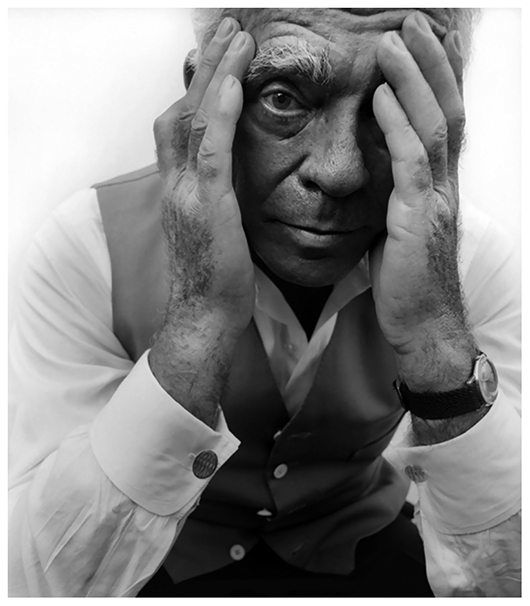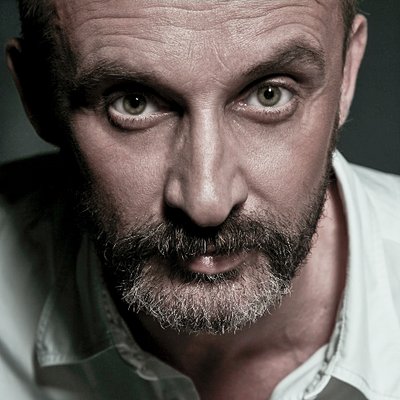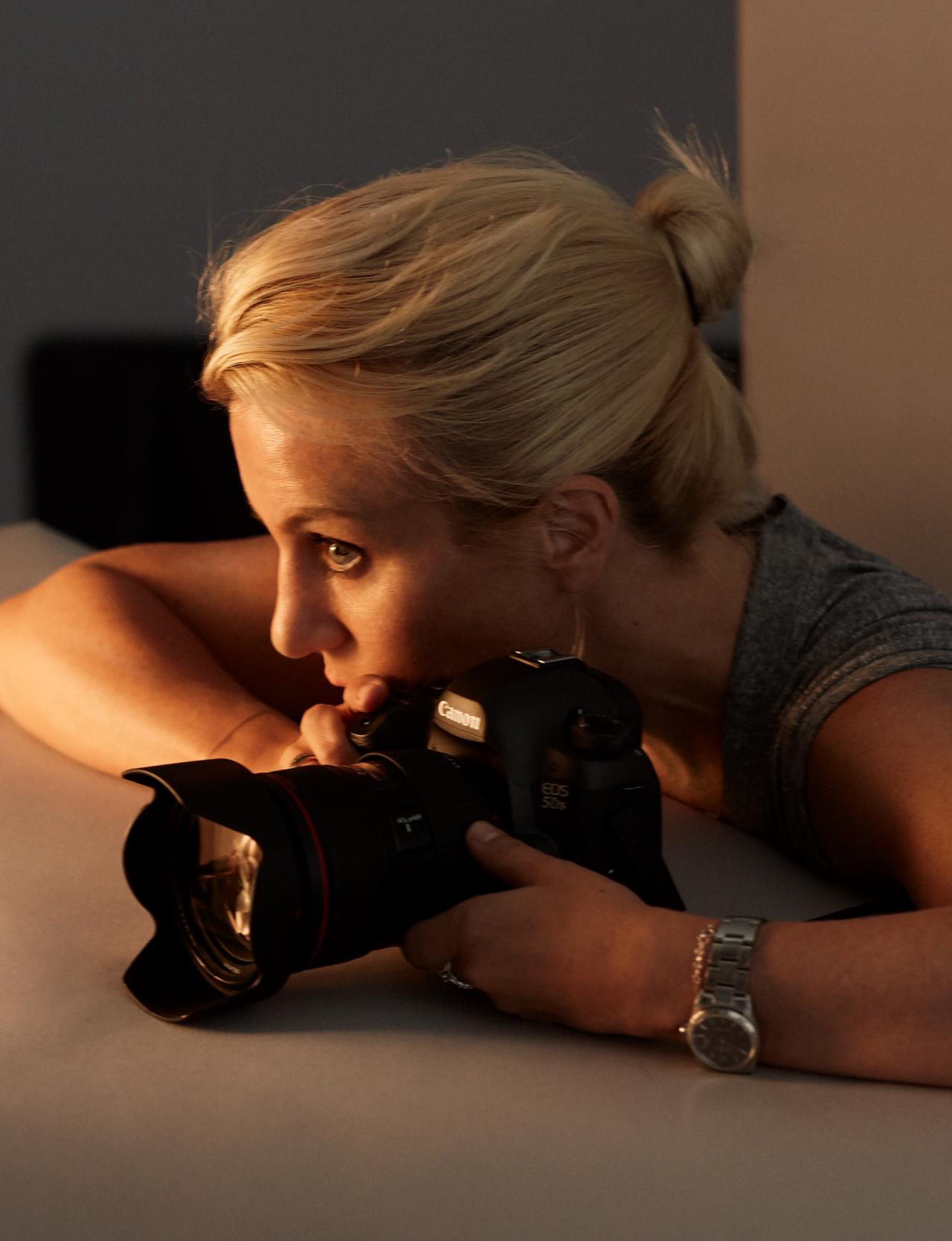Horst Paul Albert Bohrmann, known as Horst P. Horst or just Horst (August 14, 1906 – November 19, 1999), was a German photographer best known for his photography of fashions. He emigrated from Germany first to Paris and later to the United States, adopting American nationality.
Since he met Eva Weidemann in his adolescence at his aunt's house, he showed an interest in the avant-garde, consequently he went to study at the Hamburg School of Arts and in 1930 at Paris with Le Corbusier.1 There he met George Hoyningen-Huene who worked at Vogue and with him he traveled to Great Britain where they came into contact with Cecil Beaton who was preparing his photos for the British edition of the magazine. In November 1931 Horst published for the first time in the French edition of Vogue.
Had his first exhibition in 1932 at La Plume d'Or in Paris and was very successful in making Horst famous after the publication of Janet Flanner's critic in The New Yorker . From that moment on he made numerous portraits including Bette Davis, Noel Coward, Yvonne Printemps, Lisa Fonssagrives, Natasha Paley, Cole Porter and Elsa Schiaparelli within a couple of years. In 1937 he moved to New York where he met Coco Chanel and became the photographer for the fashion firm for thirty years.
In 1943 he became a US citizen and took the legal name of Horst P. Horst in order to bear no resemblance in name to Martin Bormann. Upon enlisting in the army he was working as a photographer and most of his work appeared in Belvoir Castle magazine and at the end of the war he made a portrait of Harry S. Truman and became a photographer for the different first ladies during the postwar period. In 1947 he moved to a house in Oyster Bay.
He is well known for his fashion photography but also for his architectural, interior and still life photography with plants. He is the creator of some of the most famous and recognizable images of the Art Deco style, such as his photograph entitled The Mainbocher Corset, which is considered a photographic icon.1 In his work, the influence of surrealism and the ideals of beauty in Greek classicism.3 In his work there is a great planning of the scenes and a particular use of lighting, so in most cases he used four spotlights, one of them pointing downwards from the ceiling. He did most of his work in black and white, however, he limited himself to taking the photograph, with other people in charge of developing, printing, retouching and editing. He also made some color photographs, especially of interiors; among them are interiors designed by Robert Denning and Vincent Fourcade.
In the portrait made of Marlene Dietrich in 1942 she protested the lighting she had when taking the photograph, however she liked the final result and used that photo for her own publicity.
From 1960 he made a photographic series for Vogue about the lifestyle of members of the international upper class, with texts written by his partner Valentine Lawford who was an English diplomat
She died at her home in Palm Beach Gardens on November 19, 1999.
(Source Wikipedia)








 English (United Kingdom)
English (United Kingdom)